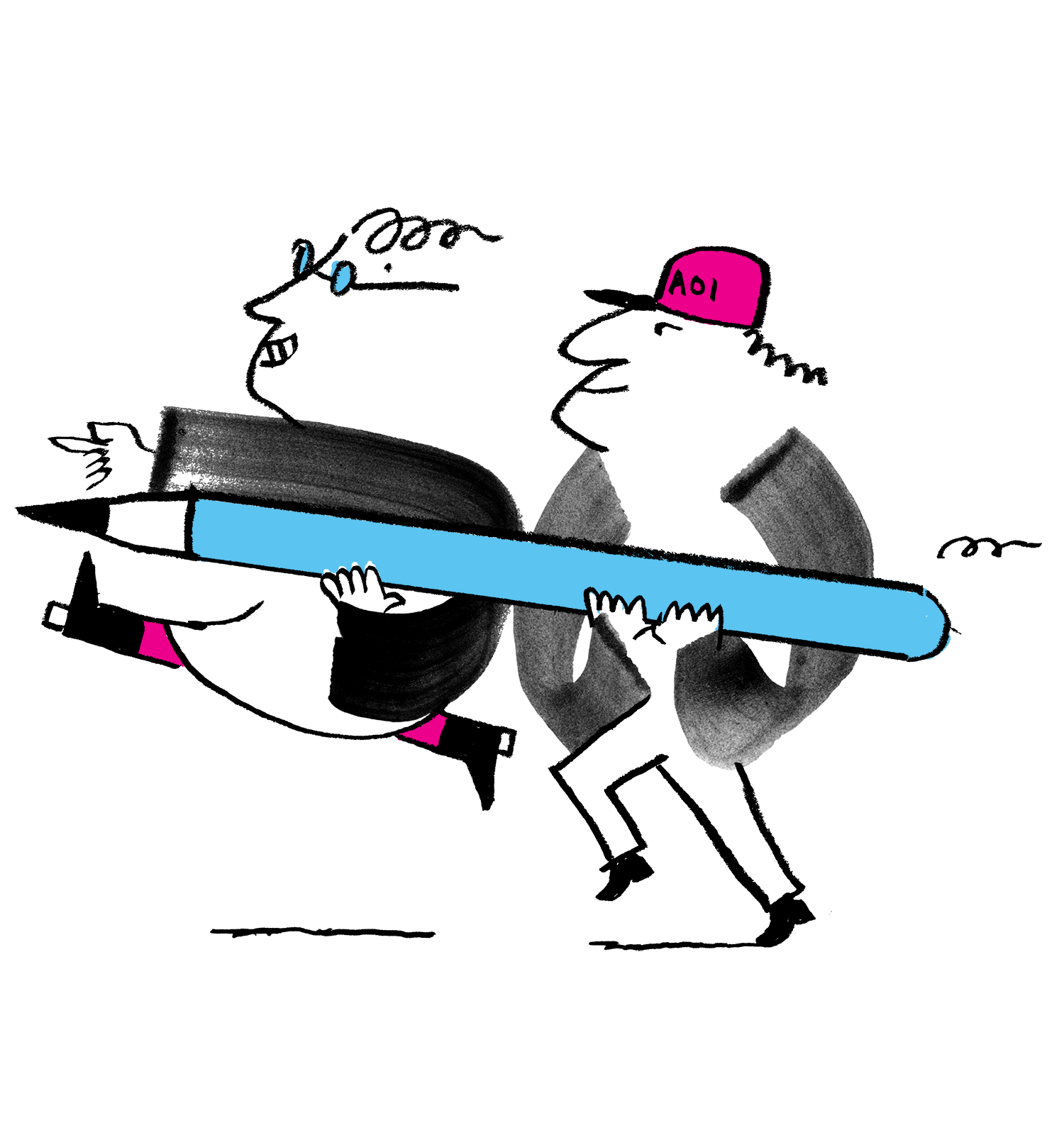Estate planning Members
In this article

Continue reading...
Enjoy unlimited access to all resources with an AOI membership
Become a Member Already a member? Log inYou will be familiar with the image of Van Gogh's painting Sunflowers, but you may be surprised to hear why this image is so well known. While not an illustrator, other artists in Vincent Van Gogh's social circle admired his work during his lifetime, though most of the public had no knowledge of him until years after his death. This was thanks to his sister-in-law, Johanna Van Gogh-Bonger, who inherited a large collection of Vincent's paintings, drawing and letters that made him a household name. So while it's all too easy to dismiss estate planning as unnecessary, deciding what happens to your artistic works after you're gone is important. Like everything, changes in technology have impacted art, and artists are now far more likely to have an online presence and own "digital assets". In the United Kingdom, there is no legal definition of what constitutes a digital asset but it is generally accepted to include photographs, artwork and videos stored online, blogs, e-books, social media statuses and tweets, information contained in documents, such as emails and cryptocurrencies. These digital assets form part of your estate together with your physical artistic works and any other assets you may own; therefore it is important to consider about what should happen to these assets when you die. For the purposes of this information sheet, any references to "Artistic Works" include all of your property connected with your work as an illustrator, whether tangible or intangible, as well as your digital assets.

